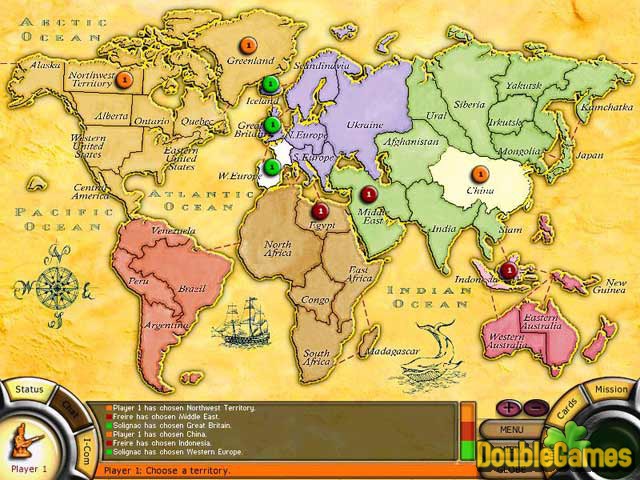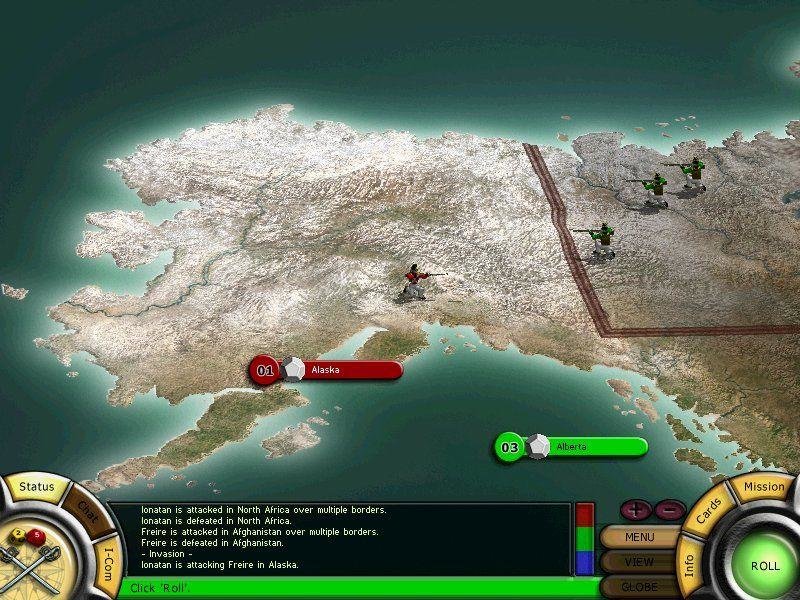
Variation in radionuclide concentrations due to complex terrain cannot be modeled all assessments assume a flat plain. Nuclear Regulatory Commission, Regulatory Guide 1.109 (PDF) (64 pp, 3.03 M, About PDF). Estimates of the radionuclide concentrations in produce, leafy vegetables, milk and meat consumed by humans are made by coupling the output of the atmospheric transport models with the terrestrial food chain models in the U.S. It uses intake rates to people from ingestion of food produced in the assessment area and inhalation of airborne radionuclides. The program computes radionuclide concentrations in air, rates of deposition on ground surfaces and plants, and concentrations in food. Errors arising from these assumptions will have a negligible effect for assessments where the distance to exposed individuals is large compared to the stack height, area or facility size. Assessments are done for a circular grid of 16 sectors by setting distance and direction within a radius of 80 kilometers (50 miles) around the facility.

The same plume rise mechanism (buoyant or momentum) is used for each source. Plume rise can be calculated assuming either a momentum or buoyancy-driven plume. Uniform contamination is assumed for area sources. While up to six stacks or area sources can be modeled, all the sources are modeled as if located at the same point that is, stacks cannot be located in different areas of a facility. The sources may be either elevated stacks, such as a smokestack, or uniform area sources, such as a pile of uranium mill tailings tailingsThe remaining portion of a metal-bearing ore after some or all of a metal, such as uranium, has been extracted.
#Risk 2 pc manual#
CAP-88 PC Version 4.0 has age-dependent radionuclide dose and risk factors for ingestion and inhalation.ĭownload CAP-88 PC Version 4.0.1.17 (ZIP) (37 MB, September 2014) (includes User Manual and other supporting documentation).ĬAP-88 PC uses a modified Gaussian plume model to estimate the average dispersion of radionuclides released from up to six sources. Version 4.0, the previous version of the code, may still be used to demonstrate compliance with NESHAP Subpart H. 64-bit installation not supported but the 32-bit version can be installed on 64-bit systems.Ī beta version of the STARGET Utility is available to convert meteorological data in STAR format to a *.wnd file for use in CAP-88 PC Version 4.1ĭownload STARGET Utility and supporting documents. In Version 4.1, report files are opened in word-processing programs to facilitate printing.
#Risk 2 pc full#
Version 4.1 has a full set of dose conversion factors from DCFPAK 3.02.

#Risk 2 pc windows#
To uninstall, open “Control Panel,” click on “Programs and Features,” highlight the CAP88-PC Version 4.1 beta program, then right-click and select “uninstall."ĭownload CAP-88 PC Version 4.1 and supporting documents.ĬAP-88 PC Version is compatible with Windows 10. If you have previously installed the beta version of Version 4.1, please uninstall it before downloading CAP-88 PC Version 4.1.
#Risk 2 pc install#
If you wish to use Version 4.0 for the current compliance cycle, please wait to install Version 4.1 until you have submitted your reports. IMPORTANT NOTE TO USERS: Installing Version 4.1 on your computer will uninstall Version 4.0.

#Risk 2 pc code#
Version 4.1 is the most recent version of the code and may be used to demonstrate compliance with NESHAP Subpart H. Version 4.1 is now available, as is the STARGET utility to convert meteorological data.Įarlier versions of CAP-88 PC are available in the EPA Archives. CAP-88 is a regulatory compliance tool under the National Emissions Standard for Hazardous Air Pollutants (NESHAP). Radium-226, Cesium-137, and Strontium-90 are examples of radionuclides. from radionuclide radionuclideRadioactive forms of elements are called radionuclides. For example, a 1% excess risk of cancer incidence is the same as a 1 in a hundred (1/100) risk or a risk of 0.01. Risk may be expressed as a percent, a fraction, or a decimal value. Radiation risk may refer to all excess cancers caused by radiation exposure (incidence risk) or only excess fatal cancers (mortality risk). The CAP-88 (Clean Air Act Assessment Package - 1988) computer model is a set of computer programs, databases and associated utility programs for estimating dose and risk riskThe probability of injury, disease or death from exposure to a hazard.


 0 kommentar(er)
0 kommentar(er)
